Back to Courses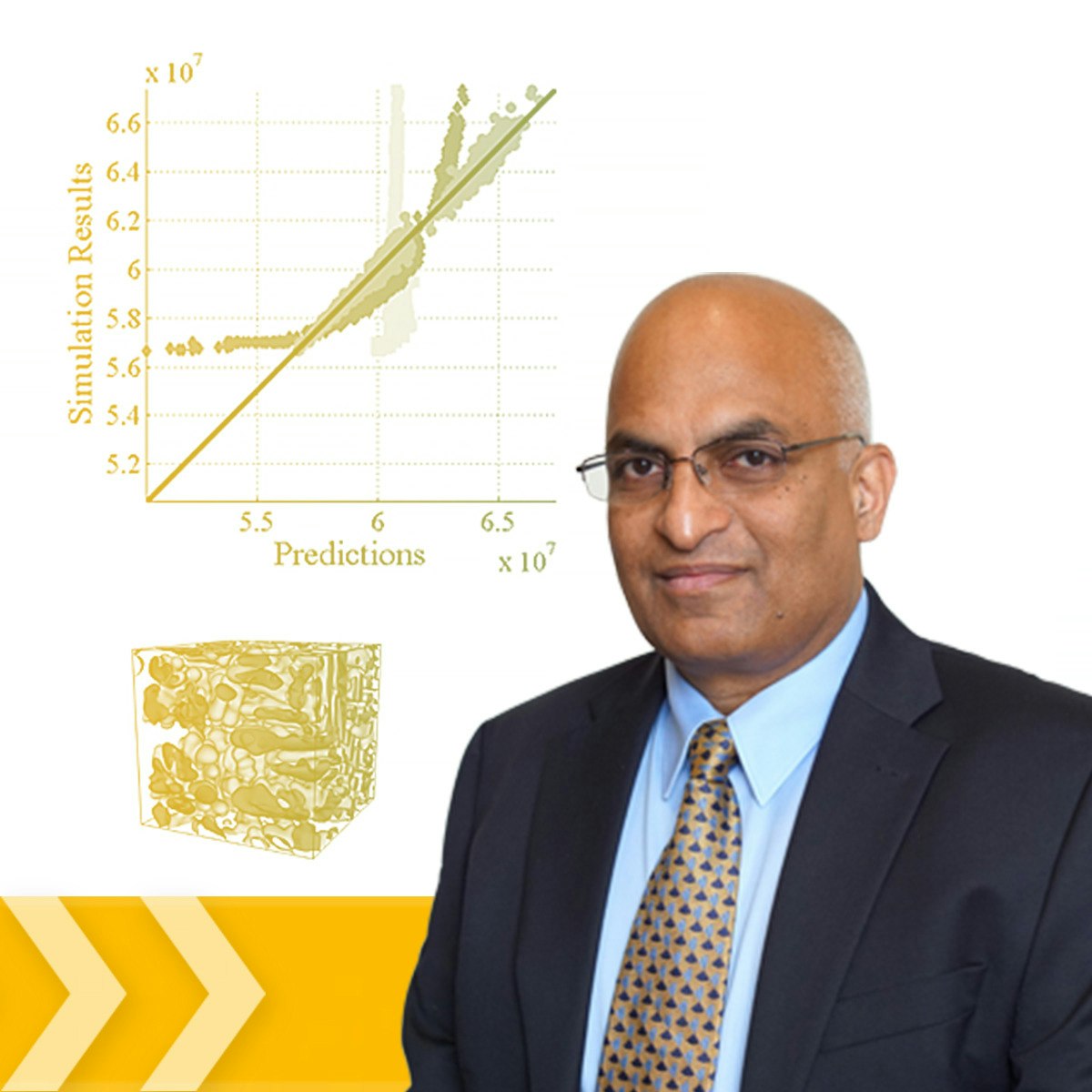

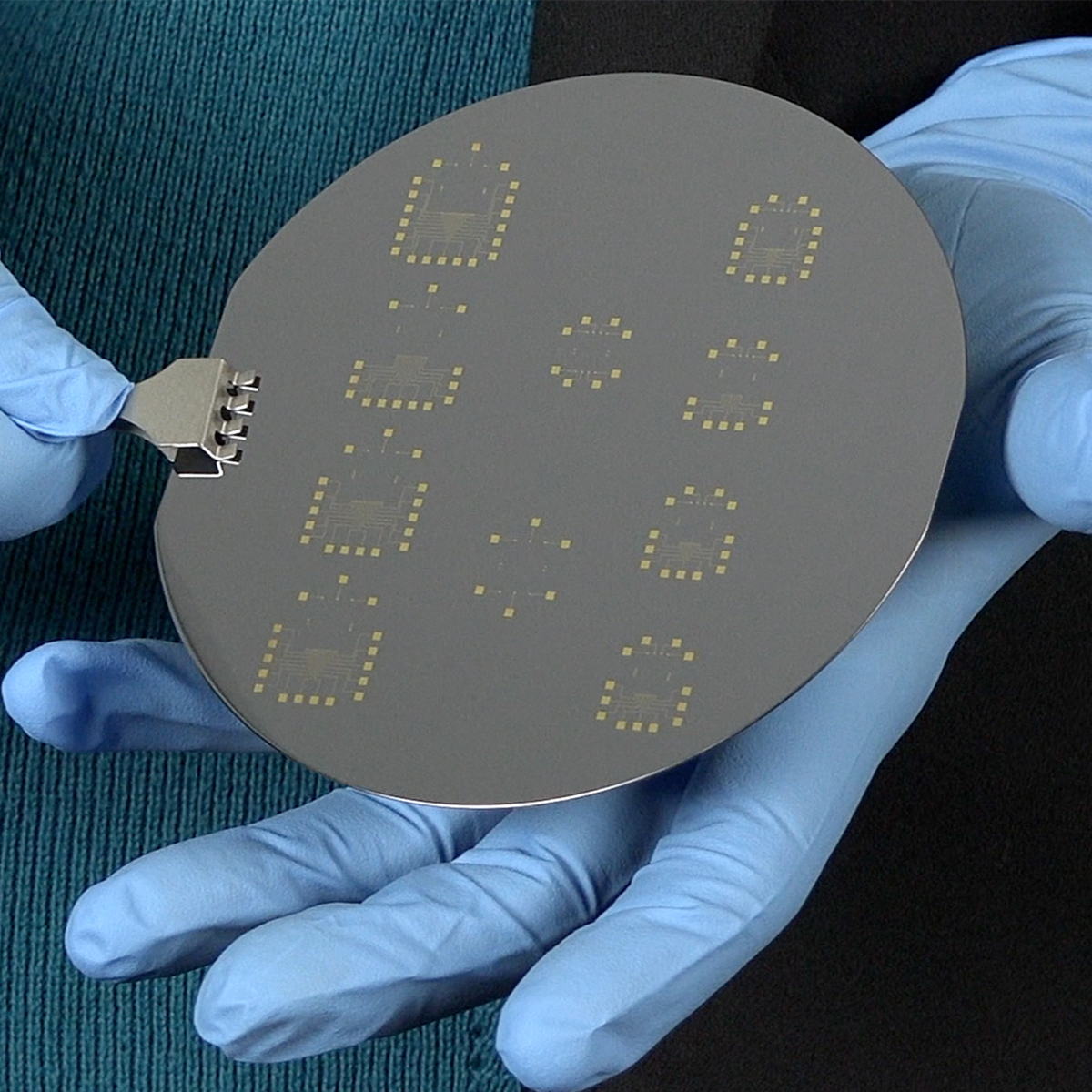

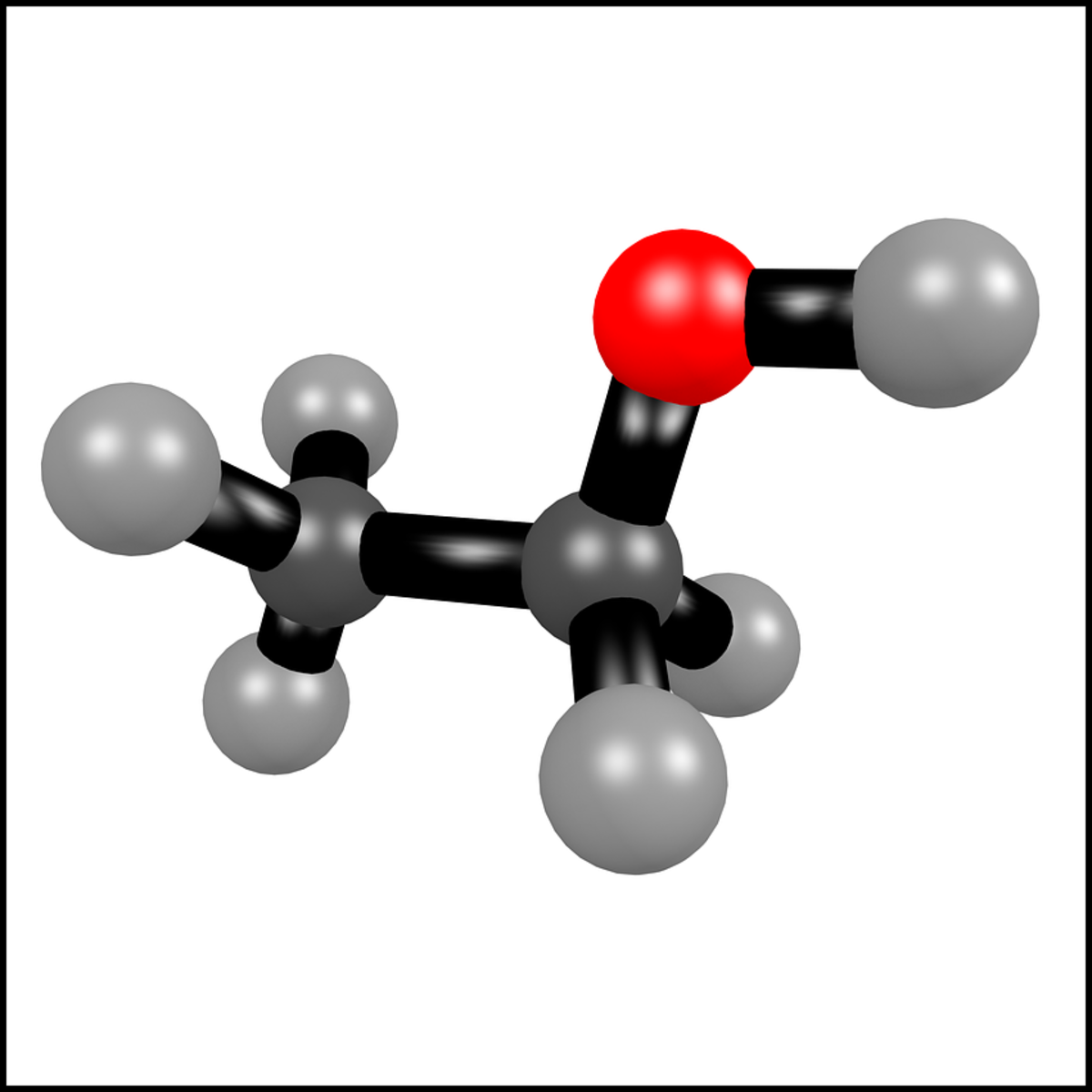

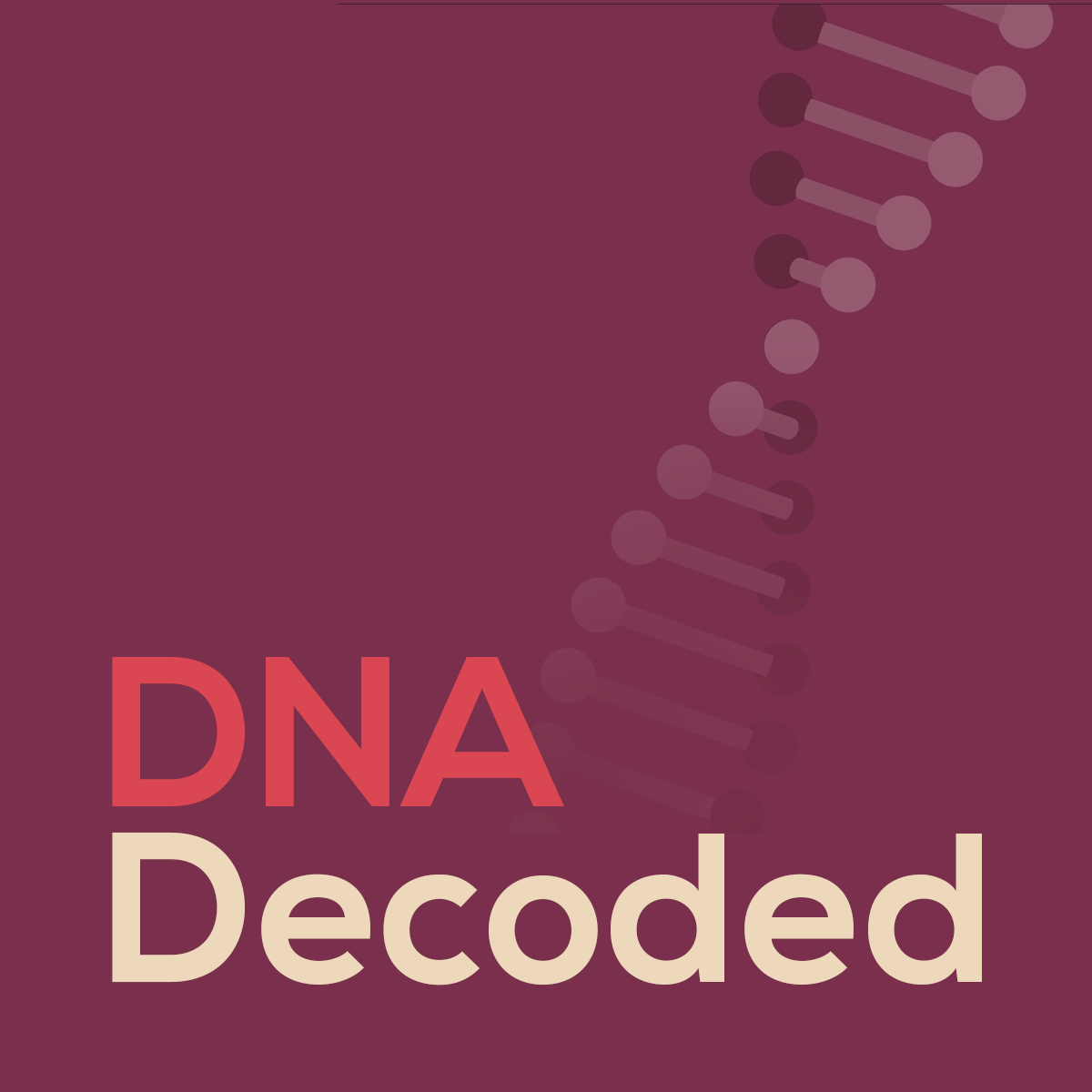


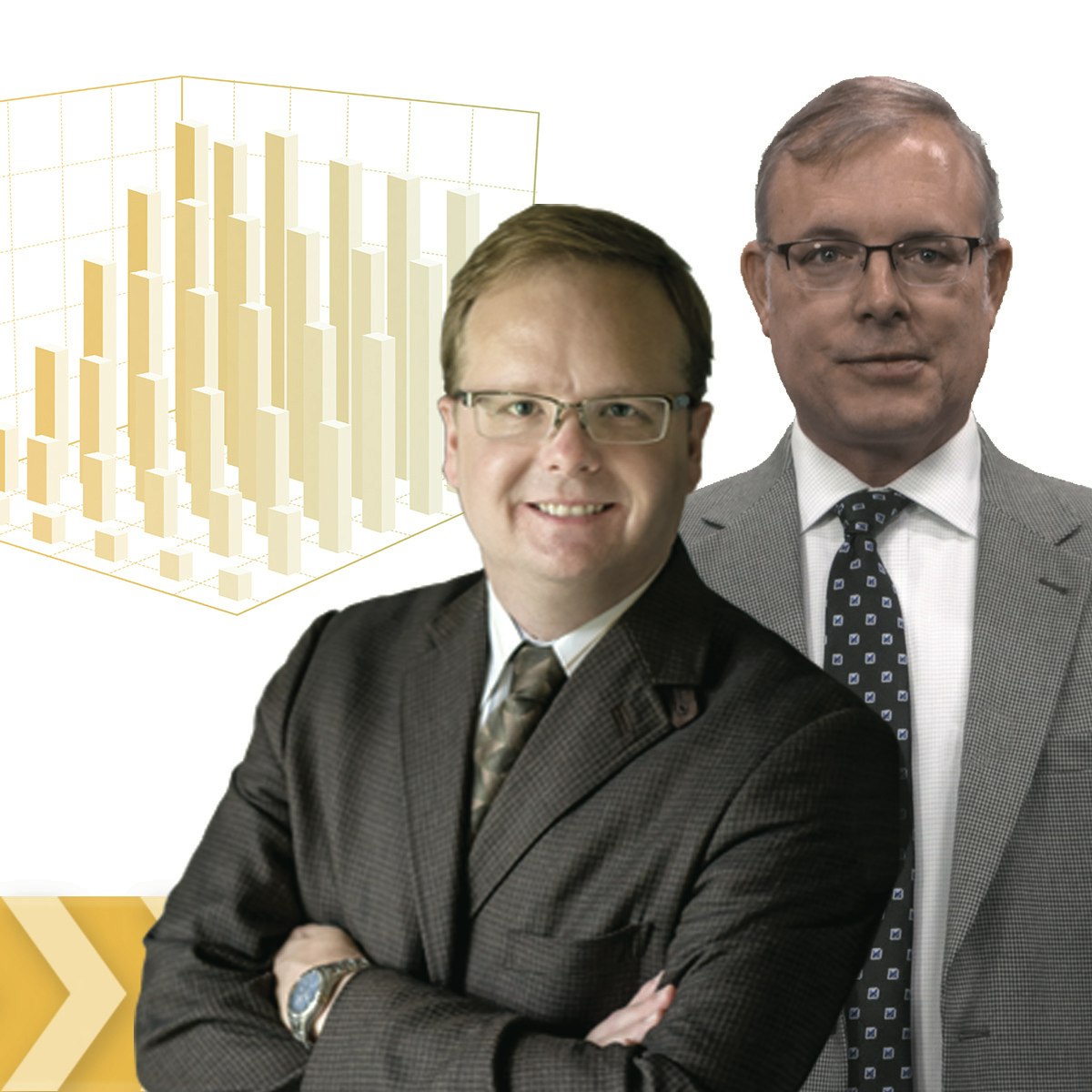
Chemistry Courses
Showing results 1-10 of 31

Materials Data Sciences and Informatics
This course aims to provide a succinct overview of the emerging discipline of Materials Informatics at the intersection of materials science, computational science, and information science. Attention is drawn to specific opportunities afforded by this new field in accelerating materials development and deployment efforts. A particular emphasis is placed on materials exhibiting hierarchical internal structures spanning multiple length/structure scales and the impediments involved in establishing invertible process-structure-property (PSP) linkages for these materials. More specifically, it is argued that modern data sciences (including advanced statistics, dimensionality reduction, and formulation of metamodels) and innovative cyberinfrastructure tools (including integration platforms, databases, and customized tools for enhancement of collaborations among cross-disciplinary team members) are likely to play a critical and pivotal role in addressing the above challenges.

Materials in Oral Health
The drive for development of new and novel oral biomaterials has never been more important with many people using oral biomaterials today and seeing their benefits in restoring and improving their oral health for a more enjoyable lifestyle. The unique properties of biomaterials such as titanium (Ti), zirconia (ZrO2) and various polymeric materials have made them materials of choice in oral health: dental implants, oral and maxillofacial surgery, and even regenerative medicine. Oral biomaterials research today is an exciting and intensive multidisciplinary area that encompasses contributions from a wide range of fields from professional dentistry to biology, chemistry, physics, material science, and engineering.
Materials in Oral Health is a FREE 4-week course open to all interested learners. In the course, you will learn about the special properties and benefits of biomaterials including, titanium and titanium alloys, zirconia and other alloys, ceramics, and modern composites. You will gain insights of the practical use of these biomaterials in different aspects of dentistry and clinical implications. You will realize how contemporary dentistry is about unifying synthetic materials to living tooth and bone tissues. You will get in touch with the crucial roles of digital dentistry and learn about CAD/CAM technology in crown fabrication, 3D printing and digital orthodontics. And lastly, you will be introduced to procedures and testing methods used to test significant mechanical properties of biomaterials in the research laboratory.
We cordially invite those of you who wish to make a difference in tomorrow’s dental materials and oral health development to join us in the 4-week journey in Materials in Oral Health.
You can get recognition for completion of the course by obtaining a Course Certificate. You can refer to details on: https://learner.coursera.help/hc/en-us/articles/208280196
Nanotechnology: A Maker’s Course
How can we create nano-structures that are 10,000 times smaller than the diameter of a human hair? How can we “see” at the nano-scale? Through instruction and lab demonstrations, in this course you will obtain a rich understanding of the capabilities of nanotechnology tools, and how to use this equipment for nano-scale fabrication and characterization. The nanoscale is the next frontier of the Maker culture, where designs become reality. To become a Nanotechnology Maker pioneer, we will introduce you to the practical knowledge, skills, and tools that can turn your nanotechnology ideas into physical form and that enable you to image objects at the nano-scale.
This course has been developed by faculty and staff experts in nano-fabrication, electron beam microscopy, and nano-characterization through the Research Triangle Nanotechnology Network (RTNN). The RTNN offers training and use of the tools demonstrated in this course to schools and industry through the United States National Nanotechnology Coordinated Infrastructure program. The tools demonstrated in this course are available to the public through the RTNN.

Nanotechnology and Nanosensors, Part 2
Learn about novel sensing tools that make use of nanotechnology to screen, detect and monitor various events in personal or professional life. Together, we will lay the groundwork for infinite innovative applications, starting from diagnosis and treatments of diseases, continuing with quality control of goods and environmental aspects, and ending with monitoring security issues.
_ _ _ _ _ _ _ _ _ _ _ _ _ _ _ _ _ _ _ _ _
Nanotechnology and nanosensors are broad, interdisciplinary areas that encompass (bio)chemistry, physics, biology, materials science, electrical engineering and more. The present course will provide a survey on some of the fundamental principles behind nanotechnology and nanomaterials and their vital role in novel sensing properties and applications. The course will discuss interesting interdisciplinary scientific and engineering knowledge at the nanoscale to understand fundamental physical differences at the nanosensors. By the end of the two parts of the course, students will understand the fabrication, characterization, and manipulation of nanomaterials, nanosensors, and how they can be exploited for new applications. Also, students will apply their knowledge of nanotechnology and nanosensors to a topic of personal interest in this course.
- - - - - - - -- -- -- - - - -
COURSE OBJECTIVES
The course main objective is to enhance critical, creative, and innovative thinking. The course encourages multicultural group work, constructing international 'thinking tanks' for the creation of new ideas. Throughout the course, you will be asked to reflect upon your learning, think "out of the box", and suggest creative ideas.
The two parts of the course are set to encourage the understanding of:
1. The importance of nanoscale materials for sensing applications.
2. Approaches used for characterizing sensors based nanomaterials.
3. Approaches used for tailoring nanomaterials for a specific sensing application.
4. Metallic and semiconductor nanoparticles.
5. Organic and inorganic nanotubes and nanowires.
6. Optical, mechanical and chemical sensors based on nanomaterials.
7. Hybrid nanomaterial-based sensors.
----------------
We recommend that you read the following supplementary reading materials:
-Jiří Janata, Principles of Chemical Sensors, Springer, 2d Edition (1989).
-Roger George Jackson, Novel Sensors and Sensing, CRC Press (2004).
_ _ _ _ _ _ _ _ _ _ _ _ _ _ _ _ _ _
Teaching Team
About Professor Haick Hossam
Professor Hossam Haick is an expert in the field of nanotechnology, nanosensors, and non-invasive disease diagnosis. Prof. Haick is the recipient of the prestigious Marie Curie Excellence Award, ERC Award, and the FP-7 Health Award. He is also the recipient of more than 42 international honors and prizes for his achievements, including a Knight of the Order of Academic Palms (conferred by the French Government) and the “List of the World’s Top 35 Young Scientists”, and the Discovery Award of the Bill & Melinda Gates. Prof. Haick is the founder and the leader of a European consortium of eight universities and companies for the development of advanced generation of nanosensors for disease diagnosis. He also serves as an associate editor of the two journals and serves as an advisory consultant to the Chemical Abstracts Service (CAS) – the world's authority for chemical information - a senior scientific advisory member of several national and international companies and institutes, and as a scientific evaluator in the European Commission.
Email: hhossam@technion.ac.il
_ _ _ _ _ _ _ _ _ _ _ _ _ _ _ _ _ _
Course Staff
Meital Bar-Segev, Teaching Assistant: Received her B.A. (Cum Laude) in Chemistry and B.Sc (Cum Laude) in Materials Engineering from the Technion – Israel Institute of Technology (both in 2010). During her studies, she worked in a student position at Tower Semiconductors Ltd. After graduation she worked at Alfred Mann Institute in the Technion (AMIT) as a process development engineer. Currently, she performs her Ph.D. degree (direct track) in the Russell Berrie Nanotechnology Institute (RBNI) of the Technion under the supervision of Prof. Hossam Haick. The research of Meital focuses is the development of electronic skin based on nanoparticles.
Abeer Watted, Teaching Assistant: Received her B.Sc. and M.Sc. in Transportation and Highways Engineering from the Technion. She is a Ph.D. student at the Faculty of Education in Science and Technology at the Technion, under the supervision of Asst. Prof. Miri Barak. She received a second master degree in Educatu in Science and Technology from the Technion in 2013. Her research focuses on science education and inquiry-based laboratories. Currently, Abeer works as a lecturer at Al-Qasemi Academic College of Education, where she serves also as the head of Civil Engineering Department.
Maya Usher, Teaching Assistant: Received her B.A. and M.A. (Cum Laude) in Communication Studies from Sapir Academic College and Ben Gurion University- Israel (2009; 2013 respectively). Currently, Maya is a PhD. candidate at the Faculty of Education in Science and Technology at the Technion, under the supervision of Asst. Prof. Miri Barak. Her research focuses on examining online collaborative learning in small multicultural groups.
Muhammad Khatib, Teaching Assistant: Received his B.Sc in Biochemical Engineering from the Technion – Israel Institute of Technology (2015). His final research project, conducted with Prof. Avi Schroeder, dealt with harnessing liposome-based drug delivery systems to applications in precise agriculture. Currently, he performs his Ph.D. (special track) in the Department of Chemical Engineering of the Technion under the supervision of Prof. Hossam Haick, and his research focuses on self-healing devices for monitoring infectious diseases.
Miri Barak, Pedagogical Advisor: Assistant Professor at the Faculty of Education in Science and Technology, Technion- Israel Institute of Technology. She is the Head of the Science and Learning Technologies group and the advisor of graduate students. Her academic activities focus on developing, integrating, and evaluating science education curricula at school and higher education levels. Her studies involve the use of information and communication technologies (ICT), with emphasis on emerging web-2.0 and cloud applications, to foster meaningful learning and high-order thinking.

Quantum Mechanics
Course 2 of Statistical Thermodynamics presents an introduction to quantum mechanics at a level appropriate for those with mechanical or aerospace engineering backgrounds. Using a postulatory approach that describes the steps to follow, the Schrodinger wave equation is derived and simple solutions obtained that illustrate atomic and molecular structural behavior. More realistic behavior is also explored along with modern quantum chemistry numerical solution methods for solving the wave equation.

Creativity, Innovation and Transformation
Our lives are being disrupted by pandemics, global warming, wars, political chaos, and technological innovations.
We must prepare for an unpredictable and unknown future - and this is the goal of the course on Creativity, Innovation and Transformation (CIT)! CIT is an upgrade of the former Creativity, Innovation and Change (CIC) course, which is now streamlined and updated with a new module on Transformation.
The course consists of four main Modules:
Innovation Toolbox
Creative Diversity
CENTER
Transformation
The course offers unique ways to:
Discover our unique creative and innovative nature
Grow our sense of responsibility to ourselves and our community
Transform our inner world into higher moral and ethical states
Appreciate unexpected beauty and deeper meaning in our lives.
Through a blend of rich and fresh perspectives on topics of creativity, innovation, and transformation, the course contributes to making us aware of our unique creative selves and how we can unfold our individuality in a world of disruptions and differences in great need of everyone’s creative, innovative and transformative potential!
Welcome to CIT MOOC!
Recommended Readings
Innovate or Die - Jack Matson: http://amzn.to/14Wed0V
CENTER - Darrell Velegol: http://amzn.to/17rLzXJ

DNA Decoded
Are you a living creature? Then, congratulations! You’ve got DNA. But how much do you really know about the microscopic molecules that make you unique?
Why is DNA called the “blueprint of life”?
What is a “DNA fingerprint”?
How do scientists clone DNA?
What can DNA teach you about your family history?
Are Genetically Modified Organisms (GMOs) safe?
Is it possible to revive dinosaurs by cloning their DNA?
DNA Decoded answers these questions and more. If you’re curious about DNA, join Felicia Vulcu and Caitlin Mullarkey, two biochemists from McMaster University, as they explore the structure of DNA, how scientists cracked the genetic code, and what our DNA can tell us about ourselves. Along the way, you’ll learn about the practical techniques that scientists use to analyze our genetic risks, to manipulate DNA, and to develop new treatments for a range of different diseases. Then, step into our virtual lab to perform your own forensic DNA analysis of samples from a crime scene and solve a murder.

Introduction to Molecular Spectroscopy
The course introduces the three key spectroscopic methods used by chemists and biochemists to analyse the molecular and electronic structure of atoms and molecules. These are UV/Visible , Infra-red (IR) and Nuclear Magnetic Resonance (NMR) spectroscopies. The content is presented using short focussed and interactive screencast presentations accompanied by formative quizzes to probe understanding of the key concepts presented. Numerous exercises are provided to facilitate mastery of each topic. A unique virtual spectroscopic laboratory is made available to enable students to measure and analyse spectra online. Assessment is via summative quizzes completed during the course period.

Introduction to Physical Chemistry
Chemical reactions underpin the production of pretty much everything in our modern world. But, what is the driving force behind reactions? Why do some reactions occur over geological time scales whilst others are so fast that we need femtosecond-pulsed lasers to study them? Ultimately, what is going on at the atomic level? Discover the answers to such fundamental questions and more on this course in introductory physical chemistry.
The course covers the key concepts of three of the principal topics in first-year undergraduate physical chemistry: thermodynamics, kinetics and quantum mechanics. These three topics cover whether or not reactions occur, how fast they go and what is actually going on at the sub-atomic scale.
Introduction to High-Throughput Materials Development
This course is an introduction to high-throughput experimental methods that accelerate the discovery and development of new materials.
It is well recognized that the discovery of new materials is the key to solving many technological problems faced by industry and society. These problems include energy production and utilization, carbon capture, tissue engineering, and sustainable materials production, among many others. This course will introduce the learner to a remarkable new approach to materials discovery and characterization: high-throughput materials development (HTMD).
Engineers and scientists working in industry, academic or government will benefit from this course by developing an understanding of how to apply one element of HTMD, high-throughput experimental methods, to real-world materials discovery and characterization problems. Internationally leading faculty experts will provide a historical perspective on HTMD, describe preparation of ‘library’ samples that cover hundreds or thousands of compositions, explain techniques for characterizing the library to determine the structure and various properties including optical, electronic, mechanical, chemical, thermal, and others. Case studies in energy, transportation, and biotechnology are provided to illustrate methodologies for metals, ceramics, polymers and composites.
The Georgia Tech Institute for Materials (IMat) developed this course in order to introduce a broad audience to the essential elements of the Materials Genome Initiative. Other courses will be offered by Georgia Tech through Coursera to concentrate on integrating (i) high-throughput experimentation with (ii) modeling and simulation and (iii) materials data sciences and informatics.
After completing this course, learners will be able to
• Identify key events in the development of High-Throughput Materials Development (HTMD)
• Communicate the benefits of HTMDwithin your organization.
• Explain what is meant by high throughput methods (both computational and experimental), and their merits for materials discovery/development.
• Summarize the principles and methods of high throughput creation/processing of material libraries (samples that contain 100s to 1000s of smaller samples).
• State the principles and methods for high-throughput characterization of structure.
• State the principles and methods for high throughput property measurements.
• Identify when high-throughput screening (HTS) will be valuable to a materials discovery effort.
• Select an appropriate HTS method for a property measurement of interest.
• Identify companies and organizations working in this field and use this knowledge to select appropriate partners for design and implementation of HTS efforts.
• Apply principles of experimental design, library synthesis and screening to solve a materials design challenge.
• Conceive complete high-throughput strategies to obtain processing-structure-property (PSP) relationships for materials design and discovery.
Popular Internships and Jobs by Categories
Find Jobs & Internships
Browse
© 2024 BoostGrad | All rights reserved